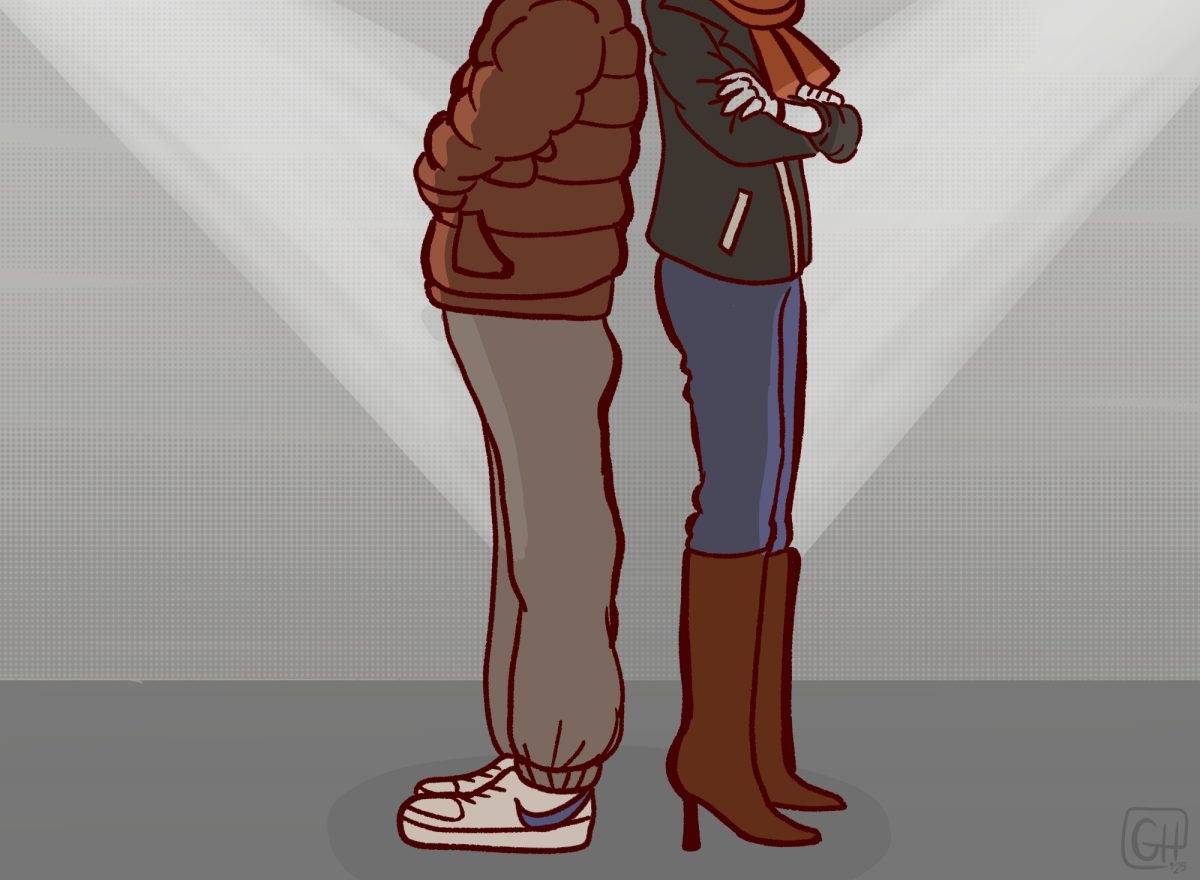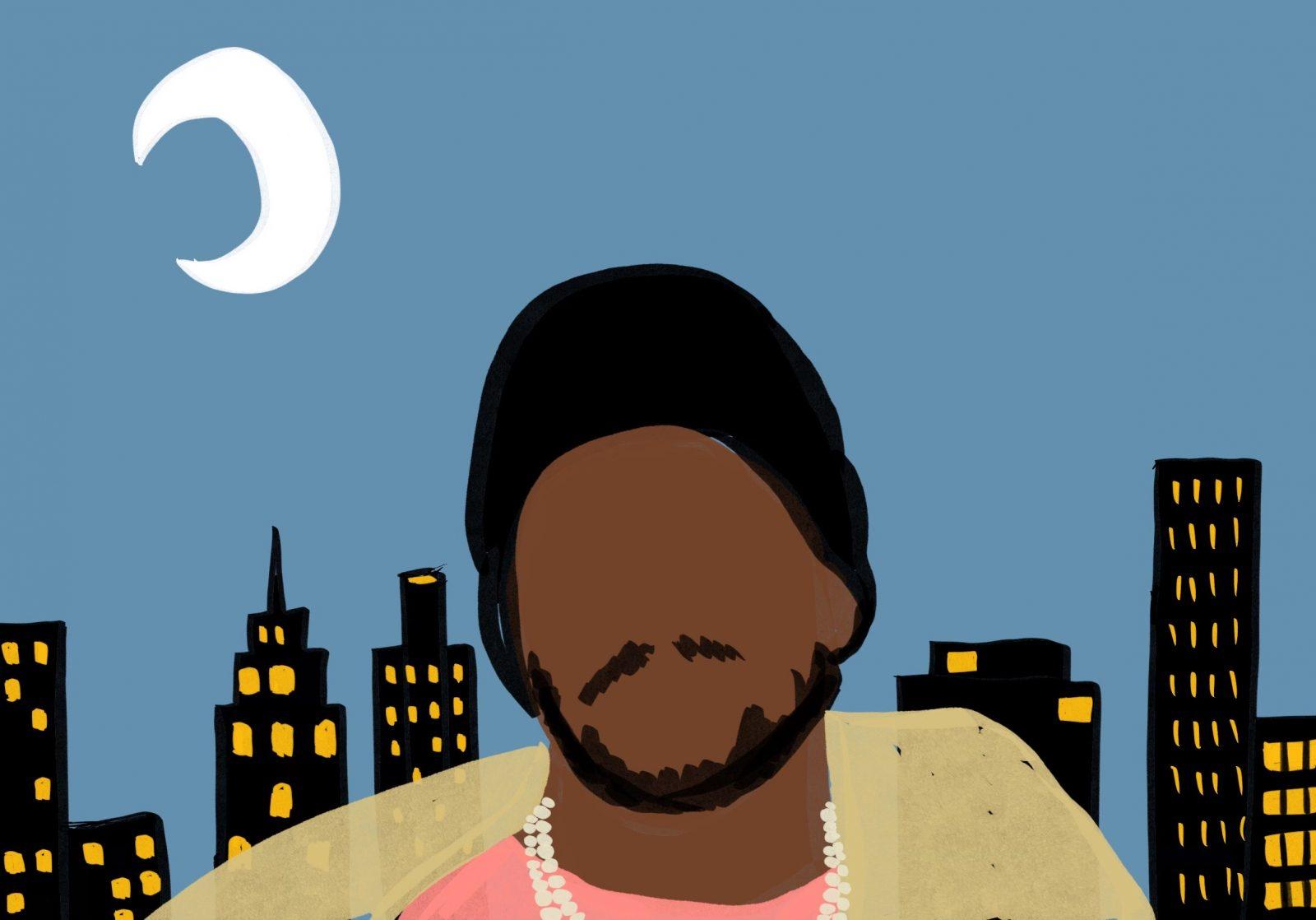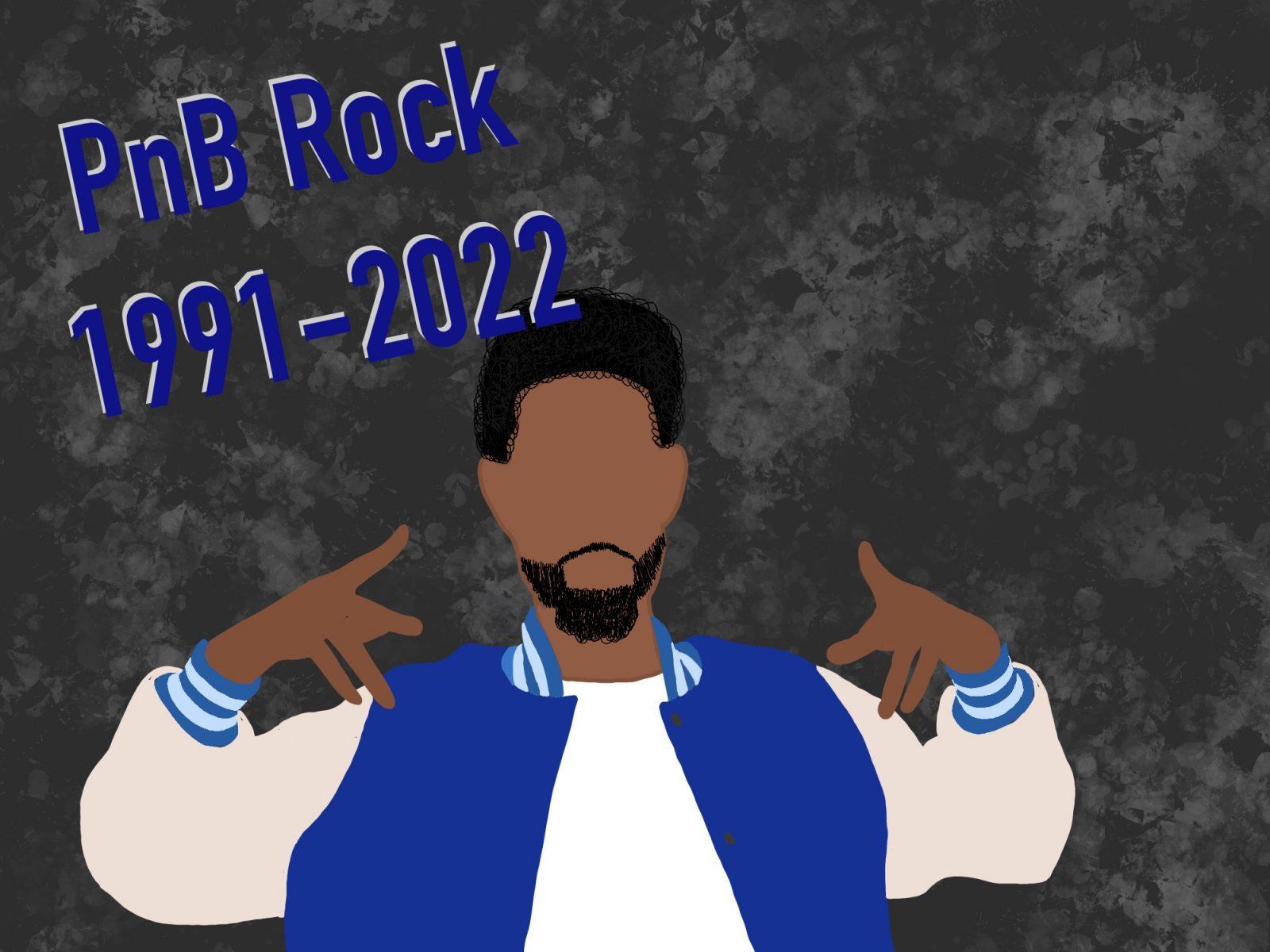If you use Spotify or Apple Music, chances are you organize your tunes into mood-reflective playlists — one fully loaded with bangers for a kickstart before the pregame, another teeming with romantic ballads for when you’re thinking about that special someone — or lack thereof. Whatever the occasion, the playlists streaming through your speaker or headphones likely mirror where your head is at.
Every collection is accordingly unique. The library of the protein guzzler, in their pursuit of EDM-fueled bench press highs and chiseled physiques, will probably boast noticeably different thematic qualities than that of the G FUEL-ed cave dweller — the former is wired around feelings of triumph and motivation, and the latter embraces an atmosphere of detachment and reverie.
This is to say that regular moods and outlooks vary from person to person, and that the spectrum of music consumption is largely non-uniform because it reflects individual qualities. Not everyone appreciates the same things, and not everyone chases the same feelings.
Yet the periodic sadness that everyone inevitably encounters is neither desired nor striven for, and herein lies where I bet my bottom dollar. Most playlist composers within Generation Z have made one for the rainy days — an assembly of tracks morphed into a shoulder to lean on, tasked with a mission to lift their dampened spirits.
People my age routinely utilize music as an emotional outlet when beaten down. It is a universal behavior that speaks for not only how highly we value music on a personal level, but for our propensity to employ music as an aide to our well-being.
Strangely enough, the music that young folks turn to when down in the dumps isn’t inherently uplifting — studies show that most prefer to listen to lyrics and cadences that are coherently melancholic, wanting to strike emotional resonance rather than a blanket of positivity.

I don’t fault such a listener. My sad-boy playlist, aptly titled “Bagged Aidan,” has guided me through plethoras of toil and trouble. It only takes a quick gander at its makeup — Bon Iver’s “For Emma, Forever Ago,” and maybe a splash of Taylor Swift before transiting into Frank Ocean’s whole discography — to assume that I’m a masochist, and that I enjoy wallowing in my emotional lows to the fullest extent. But whether I’ve pressed that shuffle button due to heartbreak, loss or rampant anxiety over the course of quarantine, I’ve always found solace and comfort in calling upon relatable tracks which depict struggles similar to mine.
It is this connection — the act of identifying with the expression and messages set forth by artists — that makes otherwise holistically heavy music so appealing to a comparably afflicted young listener, offering them an affirmation that they’re not alone. Recognizing this makes it easier to sit in a room with sadness, providing a foundation for thought-sorting before beginning the ascent out of a rut.
Yearning for this affirmation, in my view, is what drives members of Generation Z to rely on such a playlist as a safety net. Many aren’t quick to outwardly express their stresses in fear of not being met with support, being heard by misunderstanding ears or appearing lesser in a social sphere dominated by vanity and online presences.
I fall into the third category. MGMT’s “Kids” and clinging to my youth by the skin of my teeth have become synonymous by now, but just hearing the authentic gentleness of the hook — “control yourself, take only what you need from it” — allows me to stop fretting over my seemingly inferior LinkedIn resume and actually get some sleep at night, resting assured that there’s nothing wrong with cherishing my early years while I have them.
This is an entry-level example of how a cornerstone of such a playlist, and dismal music in general, helps in pushing through lows. Ask a fraction of Kid Cudi’s cult following about the power of his music, and they may say that Mr. Mescudi literally saved their lives. But if you listen to his first two albums, you won’t find a trace of optimism from end to end.
His fans are aware that his music is put out to “help kids not feel alone,” as he famously proclaimed back in 2014. Other household artists, such as XXXTentacion, have even made that sentiment known within their own craft — one thinks of the unorthodox opening to his “17,” explaining that he made the album as a sedative to depression.
No one in Gen. Z is impervious to the rain, but a “sad playlist” — as bleak as it sounds — might prove to be a decent umbrella.


























































































































Ian H • Mar 1, 2022 at 9:34 pm
Thank you Mr Mega for yet another heartwarming article